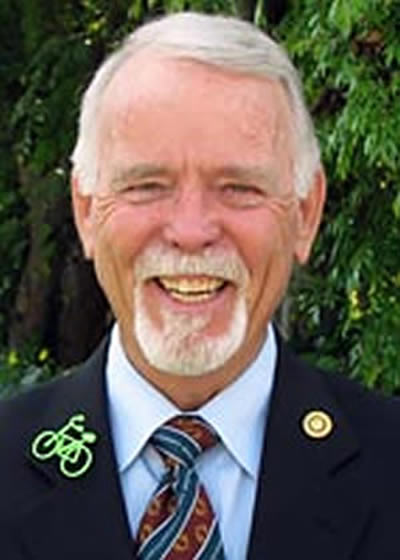Facebook Posts
Dr Michael McQuary
Submitted by wrscpmd on
City of San Diego: Community Planners Community and 42 Community Planning Groups
Submitted by vincentl14 on
North Coast Corridor Program Overview
Submitted by vincentl14 on
Farming in San Diego County
Submitted by vincentl14 on





